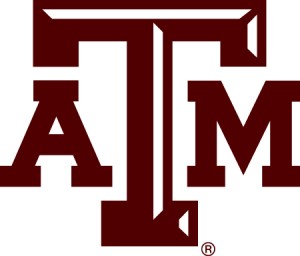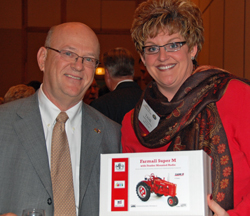 BASF Crop Protection was flying high in Reno this week at the National Agricultural Aviation Association 43rd annual convention and trade show.
BASF Crop Protection was flying high in Reno this week at the National Agricultural Aviation Association 43rd annual convention and trade show.
On Wednesday, BASF and the NAAA unveiled a scholarship program designed to help those interested in pursuing a career in agricultural aviation. BASF partnered with the NAAA to develop and establish the scholarship program.
 “BASF and the NAAA are each devoted to sustaining and improving the field of agricultural aviation,” said Jim Gaffney, BASF Technical Market Manager. “This scholarship presents an opportunity for us to work together to help foster scenarios in which new pilots are provided with a foundation for success in the field of aerial application.”
“BASF and the NAAA are each devoted to sustaining and improving the field of agricultural aviation,” said Jim Gaffney, BASF Technical Market Manager. “This scholarship presents an opportunity for us to work together to help foster scenarios in which new pilots are provided with a foundation for success in the field of aerial application.”
The company which makes a variety of fungicides for aerial application also provided platinum level support of the premiere annual event for aerial applicators, sponsoring both the kickoff breakfast and shuttle service for the convention. In addition, BASF presented best practices for optimizing aerial application of crop protection, which can be found on the company’s recently launched Aerial Applicators section of its Web site – www.plant-health-pilots.com.


 Here is the perfect present for that tractor lover on your list –
Here is the perfect present for that tractor lover on your list –  Only 200 of these tractors have been produced to benefit the NAFB Foundation. Numbers 1-5 were auctioned live during the Foundation Auction and Reception at the NAFB Convention – one of which was purchased by Monsanto’s Tami Craig Shilling, pictured here with Lyle Orwig of Charleston-Orwig (who also bought one, if I remember correctly.)
Only 200 of these tractors have been produced to benefit the NAFB Foundation. Numbers 1-5 were auctioned live during the Foundation Auction and Reception at the NAFB Convention – one of which was purchased by Monsanto’s Tami Craig Shilling, pictured here with Lyle Orwig of Charleston-Orwig (who also bought one, if I remember correctly.)
 Products from the acquisition will align with Novus’s MINTREX® chelated trace mineral products and further expand its mineral technology. When complete, this acquisition will enable Novus to offer its customers and the animal agriculture market an expanded chelated trace mineral product portfolio to support their livestock operations.
Products from the acquisition will align with Novus’s MINTREX® chelated trace mineral products and further expand its mineral technology. When complete, this acquisition will enable Novus to offer its customers and the animal agriculture market an expanded chelated trace mineral product portfolio to support their livestock operations.
 ZimmComm’s
ZimmComm’s  The USDA Ag Specialist on the ground in Jordan is Mohamed N. Khraishy. He took time to meet with our Corn Mission team after we arrived this afternoon. He says that he acts mainly as a facilitator on our behalf or as he puts it, “See me as the grease between the wheels.”
The USDA Ag Specialist on the ground in Jordan is Mohamed N. Khraishy. He took time to meet with our Corn Mission team after we arrived this afternoon. He says that he acts mainly as a facilitator on our behalf or as he puts it, “See me as the grease between the wheels.”
 The Regional Director for the U.S. Grains Council coordinating our Corn Mission visit to Jordan is Joe O’Brien. Joe covers the Middle East and part of India.
The Regional Director for the U.S. Grains Council coordinating our Corn Mission visit to Jordan is Joe O’Brien. Joe covers the Middle East and part of India.  So if you have not made plans to attend
So if you have not made plans to attend